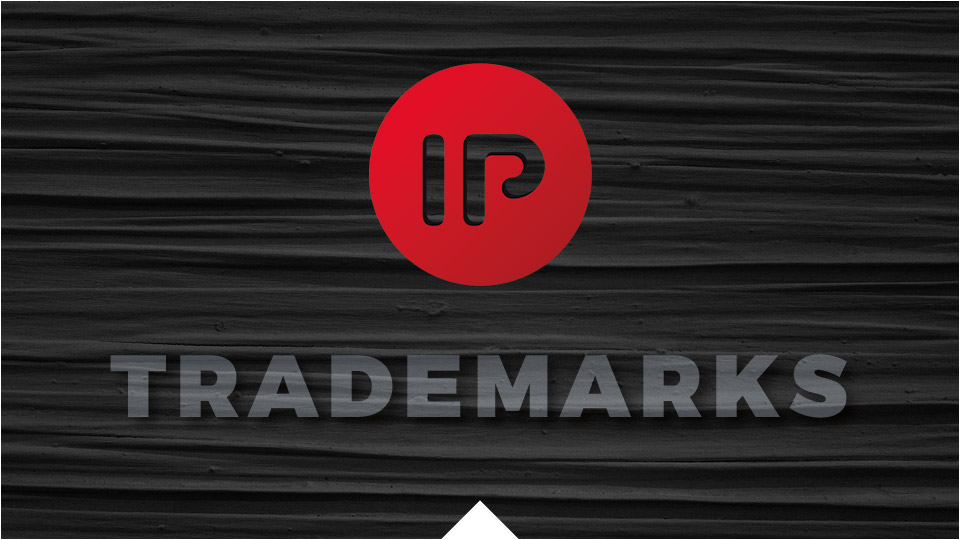The Apple Watch is not branded as “iWatch”, although it would put it in line with its pre-existing products/services bearing the well-known ‘i’-prefix, such as iPhone, iPod, iPad, iMac or iCloud. This is mostly due to the difficulties of having the trademark iWatch registered.
The trademark iWatch, filed on 4 December 2013, had been refused for goods in class 14 (“chronometric instruments, timepieces, and bracelets; accessories, parts, components, and cases for all of the foregoing goods”) on 14 November 2014 (Board of Appeal, case R 1694/2014-1), but provisionally accepted for the remaining goods in class 9, namely “computer software; security devices; monitors and monitoring devices; cameras; computers; computer hardware; computer peripherals; wireless communication devices; radios; audio and video devices; global positioning system devices; accessories, parts, components, and cases for all of the foregoing goods”.
No appeal was filed before the General Court and the applicant limited its trademark by deleting the refused goods in class 14.
In 2016, after the filing of several oppositions, the EUIPO decided to reopen the examination on absolute grounds. The applicant maintained its request for registration, contested the lack of distinctiveness and claimed acquired distinctiveness.
The Board of Appeal (31 May 2018, Case R 1435/2017-1 Brightflash USA LLC v/ EUIPO) found that the public may interpret the letter ‘i’ when prefixed to another word as referring to ‘information technology’, ‘telecommunications’ or, in particular, the internet. The letter ‘i’ is also often used, in combination with other elements, as an abbreviation for ‘interactive’.
It concluded that the trade mark “iWatch” lacks inherent distinctiveness for interactive watches in the English-speaking countries within the European Union, despite the applicant’s argument according to which “the ‘I’ in the term ‘iWATCH’ will not be regarded as a descriptor of internet or interactive functions, but rather as a highly distinctive badge of origin for the applicant”.
As regards Article 7(3) EUTMR, the Board assessed whether or not the two conditions for the registration of the trade mark based on acquired distinctiveness were fulfilled.
1. The trade mark must have acquired distinctiveness through use before the date of filing on 4 December 2013.
Since ‘iWatch’ by Apple had been applied for as a trade mark long before the announcement of the product’s launch, it is impossible to have acquired distinctiveness at the priority or the filing date.
2. The trade mark must have acquired distinctiveness through use in the Member States where English is the official language and in the Member States where it is understood.
Therefore, use must be shown in the United Kingdom, Malta and Ireland, where English is the official language, and in Sweden, Denmark, Finland and the Netherlands, where English is well understood.
The evidence submitted was considered as obviously not sufficient to show ‘use’ or, more precisely acquired distinctiveness for the concerned territory.
Finally, the applicant also argued that the application should be accepted on the basis of acquired distinctiveness because of its family of marks comprising ‘iPhone’ and ‘iPad’:
“iWatch’ is part of a long and illustrious family of marks created by the applicant’s affiliate Apple Inc. The family enjoys a reputation and is recognised by the public and the Office (06/10/2005, R 149/2005-2, IPHONE) as distinctive of Apple Inc. The enormous reputation and 31/05/2018, R 1435/2017-1, IWATCH recognition of the ‘i’ family of marks of the applicant’s affiliate Apple guarantees the acquired distinctiveness under Article 7(3) EUTMR at the priority and filing date of the application. The consumers would immediately recognise its kinship with the applicant’s ‘i’ branding tradition – particularly because Apple’s smart watch is designed to operate in conjunction with its iPad and iPhone devices.”
However, the Board of Appeal decided that the applicant could not claim acquired distinctiveness for all possible combinations with the letter ‘I’ and a descriptive technical term.
The trademark iWatch was then entirely refused registration. This legal setback should not have major consequences on the success of the device, launched in the meantime under the trademark Apple Watch.
What should be remembered
The EUIPO may reopen the examination of absolute grounds for refusal. Third-party observations may be submitted before the end of the opposition period or, where an opposition against the trade mark has been filed, before the final decision on the opposition is issued.
Families of trademarks (such as the Mc-prefix marks of McDonalds) can be invoked only when the trademark at stake has already been put to use.
In registration proceedings, the trade mark must have acquired distinctiveness through use before the date of filing while, in cancellation proceedings of a registered trademark, evidence dated later than the registration is admissible.
That’s why legal and business strategies have to be carefully planned and coordinated and that’s why [INSCRIPTA] is here to help.
© [INSCRIPTA]


